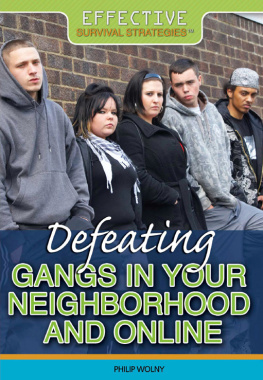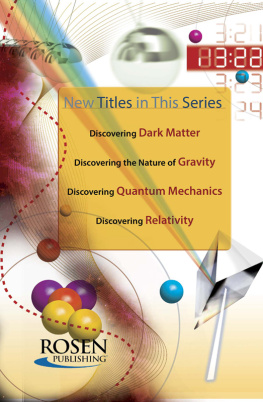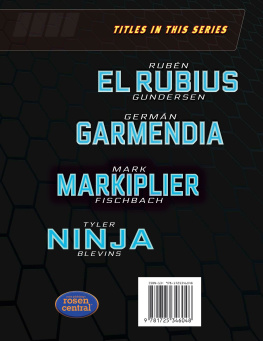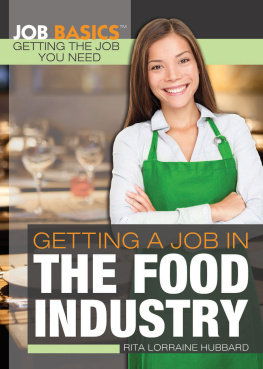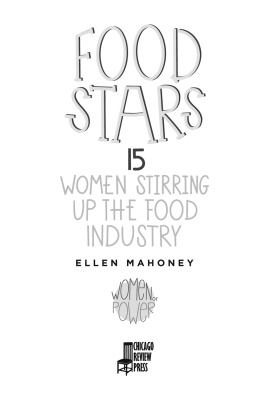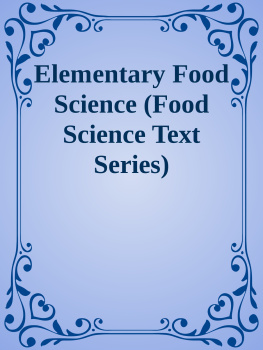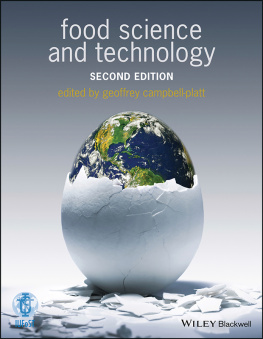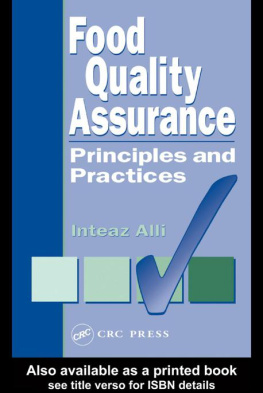INTRODUCTION
I magine hanging out at the mall one day and grabbing a quick bite at your favorite fast-food franchise. As you walk in, you realize that there are no employees tending the cash registers. You also soon realize that there are no cash registers at all. Instead, you see kiosks that look like automated teller machines. You order your food onscreen and swipe a debit or credit card or feed cash into the machine.
The order soon arrives via conveyor belt at the counter, the order number announced by a pleasant, electronic voice. Imagine the amount of effort and time that went into creating such a system and the software that helps it run smoothly and efficiently. You might be impressed and intrigued by how exactly the company is able to do it.
If you have a knack for problem solving, math, science, and similar subjects and love to work behind the scenes doing fascinating and useful things, you may have considered computer science as a general career at some point. You might be a great candidate to learn coding in particular.
The food industry is a great potential job sector for coders, partly because there are so many different career roads they can take. Large corporations that produce and distribute food use complex and dynamic computer systems, hardware, and software to provide much of the food we eat daily. Advanced software helps farmers test soil, manage planting and harvests, water fields, and more. Meanwhile, software and apps are revolutionizing the food industry by making restaurants run more smoothly. Coders also provide the labor that is behind countless dining and delivery apps that have changed how people dine.
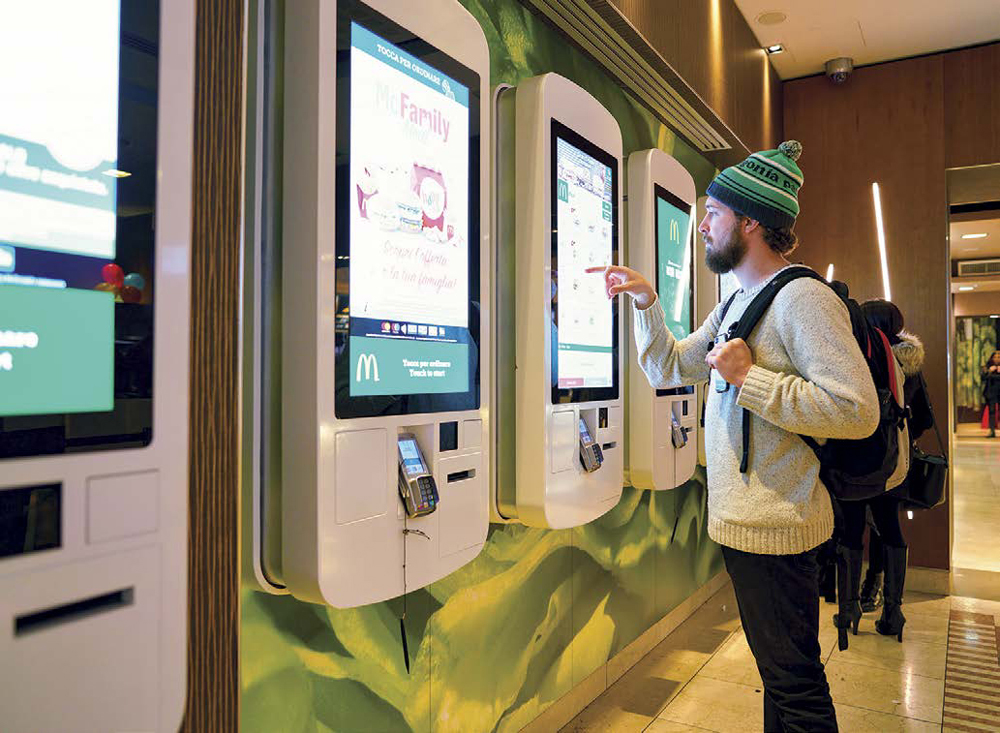
A customer keys in an order via an automated fast-food kiosk in a Milan, Italy, McDonalds. Technology supporting automation in the food industry is developing quickly.
In the very near future, coding will be one of the most in-demand professions. In addition, while other industries or business sectors have ups and downs, technology will likely continue to grow. Food production, of course, must increase and expand as populations themselves grow. Working behind the scenes to make various parts of the food sector thrive will therefore be a growth field for some time.
This resource explores ways to prepare for a job in this exciting, challenging, and well-paid field. Interested students can learn which classes to take, after-school clubs to join, and summer programs and camps to attend. They will also get a sense of what kind of more advanced instruction to take at colleges, universities, and technical schools to pursue their career goals.
Do you like solving problems, digging deep to find solutions? How about working on deadlines with fellow team members and gaining a sense of accomplishment from finally cracking the code on a nagging issue? Are you interested in science, technology, engineering, and/or math (STEM) subjects? Do you have any interest in embarking on a dynamic and fascinating career? Can you do a sometimes tough but fulfilling job that takes patience, perseverance, and creativity? If you answered yes to any or all of these questions, take a look at how you, too, can begin a coding career in the food industry.
CHAPTER ONE
CODING AND THE FOOD INDUSTRY
S omeone unfamiliar with coding might think of it as a complicated and mysterious job. In fact, it is one of the most straightforward. At the very simplest level, code tells computers what to do. Code includes any technical language in which computer programs are written. It provides hardware and software with instructions on how to operate. When you first go online, for example, and see a log-in page for your email, it is dozens, hundreds, and sometimes thousands of written lines of code that make it possible. The same is true for anything that happens onscreen, or any task, however simple, that users perform on any computer, laptop, phone, and any other device you can imagine. Code is working behind the scenes whether something is connected to the internetor another networkor not.
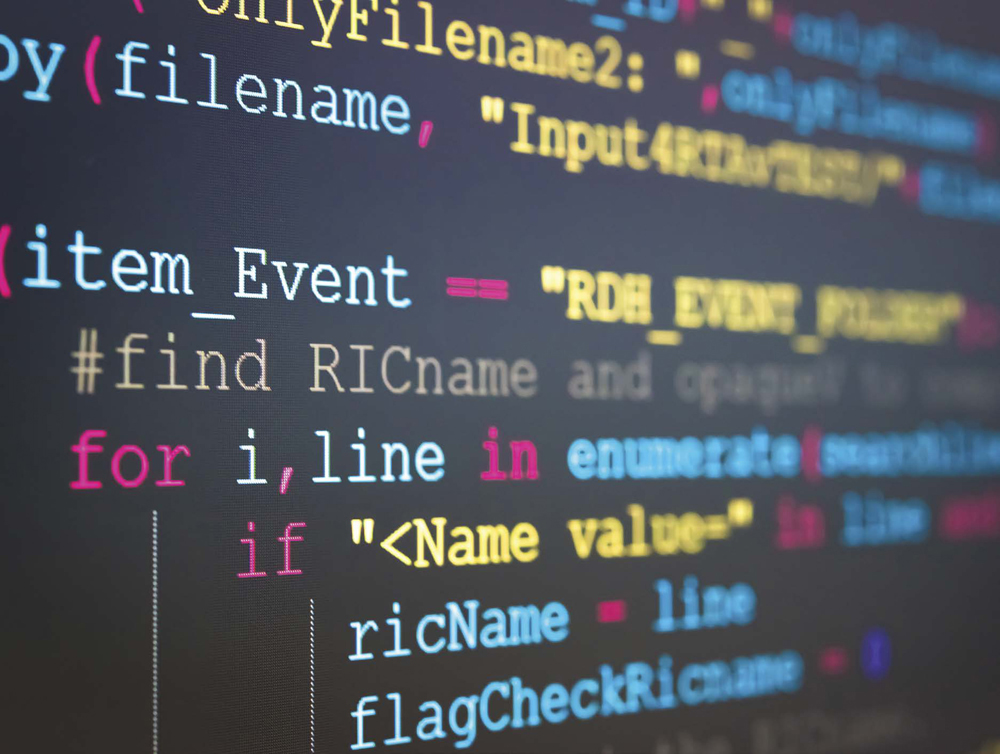
Before someone learns how to program, seeing many lines of code on a screen can be somewhat intimidating. Learning how to code can be a very gradual but fascinating process.
Code is also used to create processes that work automatically, even without screens. For instance, consider the complex instructions that guide a small army of robots working in a food processing plant. On the other end of the spectrum, writing a short program that just splashes a big Happy Birthday! on someones screen is a simpler example.
Different coding languages are used for different purposes. Some are exclusively used for online applications. Others are more specifically designed for use only with smartphones, while still others are used for tasks that may or may not involve a human interacting with a screen at all.
WHAT IS CODE, REALLY?
Many years ago, the first modern computers worked differently from the ones used today. Just as with the development of the internet decades later, the first truly useful and advanced computers were developed by governments for military purposes. This included great advances made by World War IIera Americans and especially British researchers and code breakers (also known as cryptographers) working to translate secret messages sent by their enemies, especially those of Nazi Germany.
The basis for simple computing became known as binary programming. Binary code is essentially a series of 1s and 0s repeated over and over again, combining to create messages and instructions (for example, 10011010). Holes were punched into cards, which were then inserted into early computers. Other computers worked by turning on and off a variety of switches, by connecting and disconnecting different combinations of wires on circuit boards. Soon, words and phrases were incorporated into newer programming languages that powered ever more impressive computers.
LEAPS AND BOUNDS
In the 1980s, computer languages had grown more advancedas a result, so had computers themselves. Where once many lines of code were used to run a computer as big as a basement to do a very simple task, computers in the 1980s were now far more complex, smaller, and affordable to many more consumers. Technology from the 1980s and 1990s improved by leaps and bounds. Software used to run the computers themselvescalled operating systemsarrived, too, such as Microsofts Windows, and later, Apples operating system, macOS.


